SureFlap Microchip Pet Door Connect Review
SureFlap Microchip Pet Door Connect
The easy way to monitor and control your pets' entry to your home
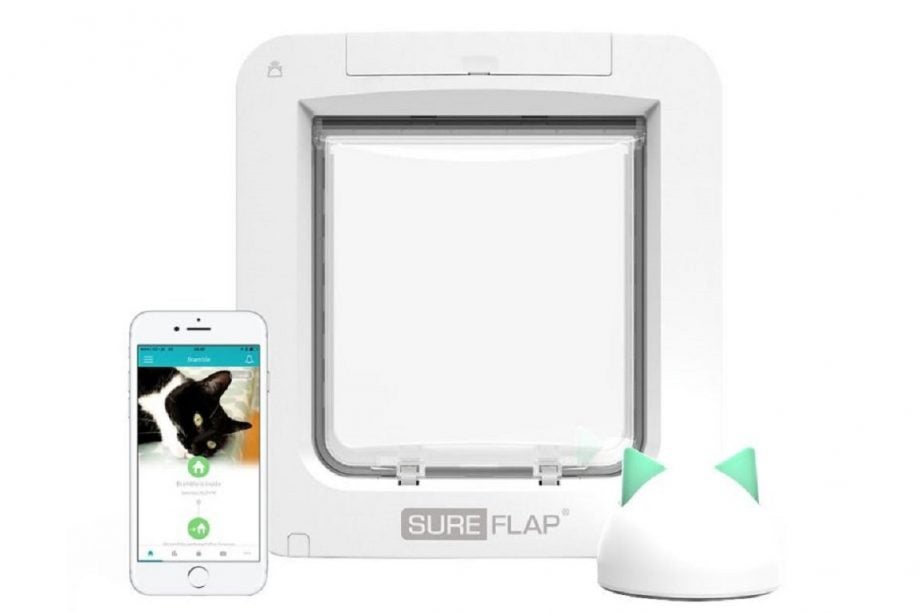
Verdict
Pros
- Great app
- Gives visibility of your pets' movements
- Plenty of installation options
Cons
- Battery replacement can be fiddly
Key Specifications
- Review Price: £160
- Microchip pet-entry control
- Door, glass and wall installation options
- Network-attached hub
- App control
What is the SureFlap Microchip Pet Door Connect?
Want to know when your cat (or smaller dog) goes in and out of your house? Fancy being able to control entry and exit remotely? The SureFlap Microchip Pet Door Connect is the product you need.
Connecting to your home Wi-Fi network, it’s the pet door that the smart home has been crying out for, offering fine control and plenty of information on your pet’s movements.
SureFlap Microchip Pet Door Connect – Design and features
As a pet door, rather than cat flap, the SureFlap Microchip Pet Door Connect is quite chunky, measuring 262 x 281mm, with the door taking up 178 x 170mm. That makes this pet door suitable for some dogs, as well as cats. It’s a size that I’m more comfortable with, having a slightly larger cat who’s thankful of a bit of space to get through.
The Pet Door Connect is finished in white plastic, with an LCD panel on top and a set of controls hidden beneath a flap. Since the door is unlocked via microchip, it requires four C-type batteries, fitted into two compartments on either side of the door.
My Pet Door Connect had to be fitted next to a wall, which meant changing batteries involved removing the unit to get to the compartments. Having the batteries located underneath or having a USB charging option could make things easier in some cases.
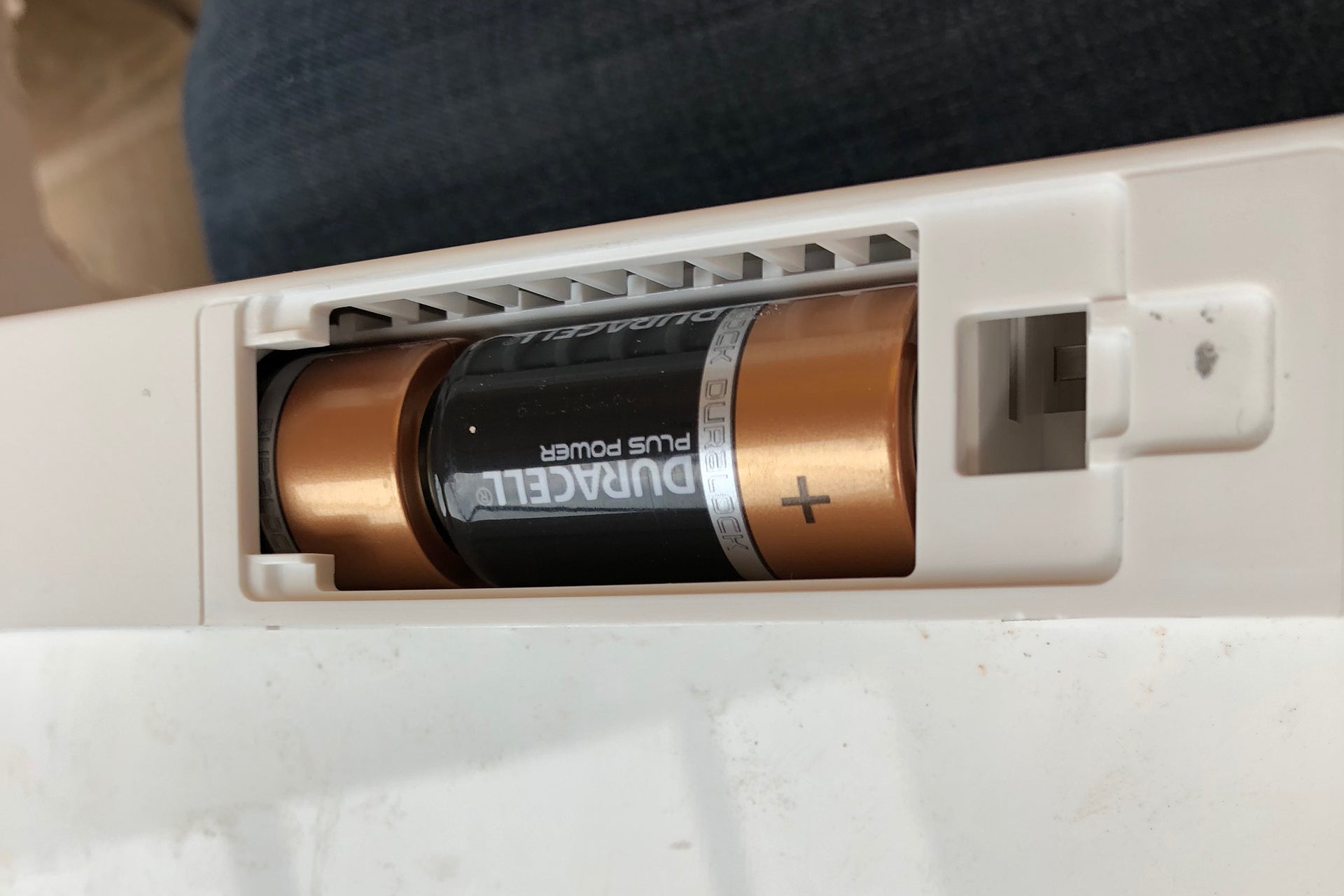
The basic Pet Door Connect can be installed in a door, but there are glass mounting add-ons and tunnel extenders (70mm long, £7.99 each) if you want to put the pet door through a wall as I did. I recommend glueing multiple tunnel sections together for stability.
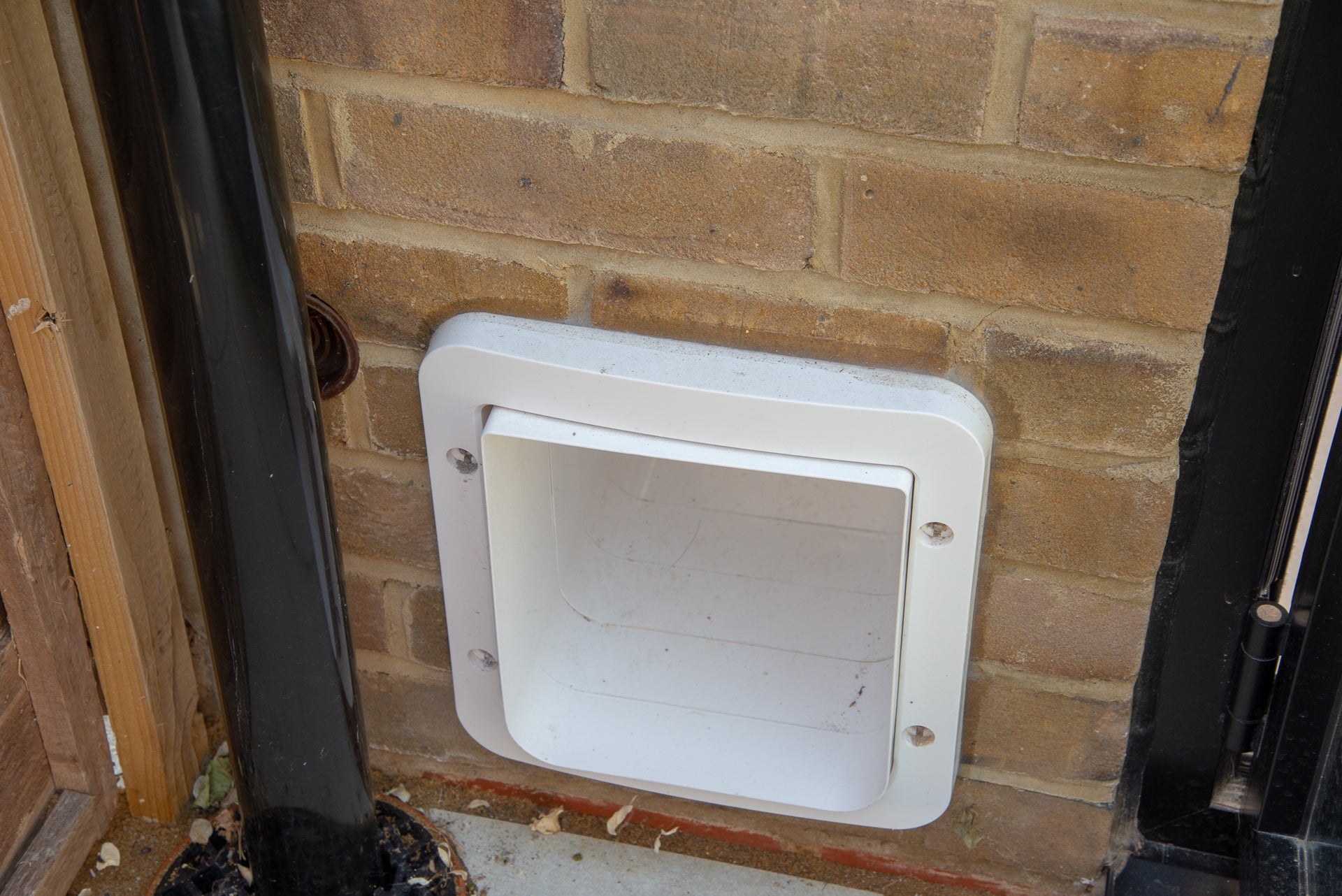
The final part of the system is the hub, which plugs into your home network via Ethernet and communicates with the Pet Door via a low-power protocol. The hub looks great with its cute cat ears, which glow green when everything is good; red indicates a communication problem. You can turn the lights off, if you prefer.
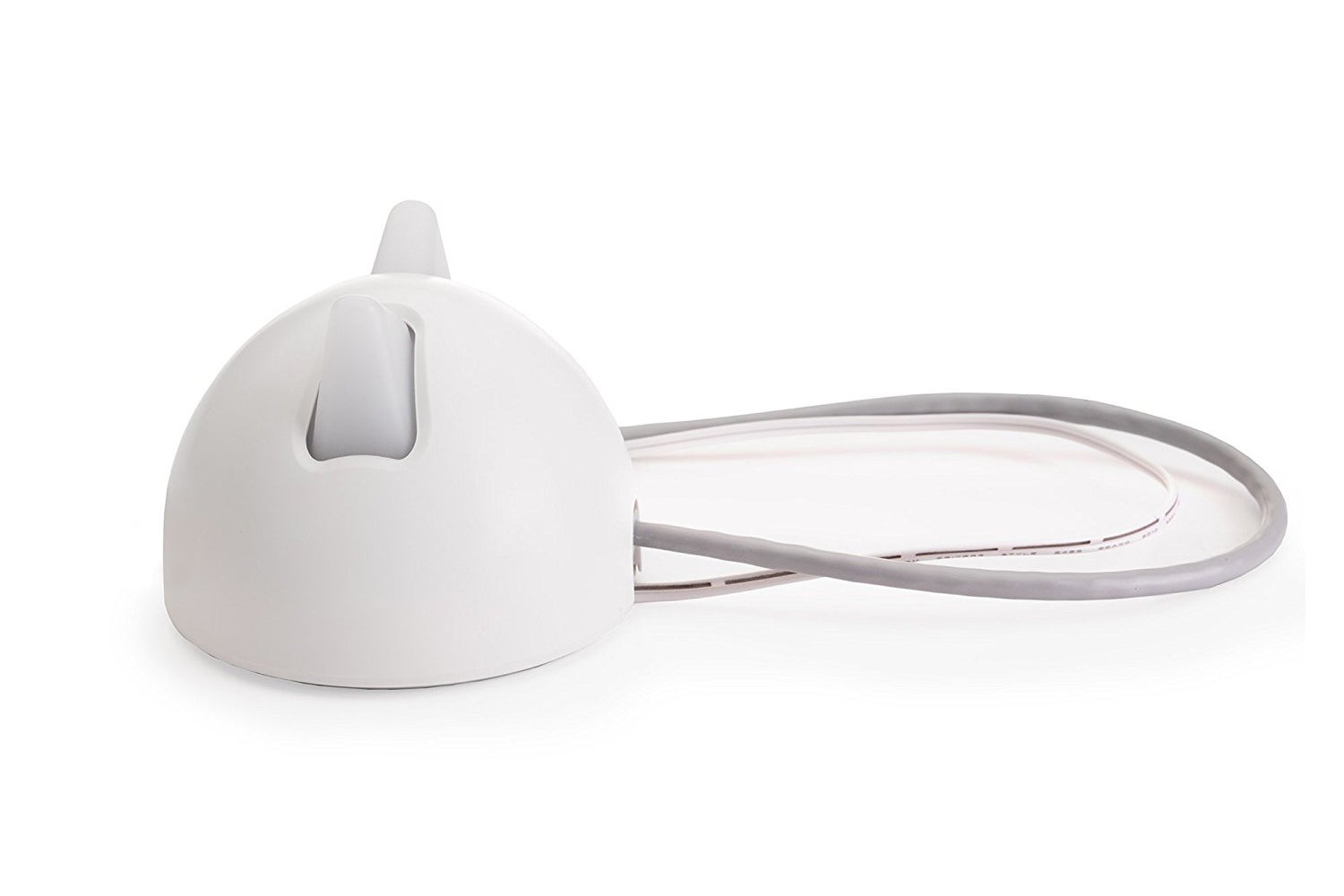
The hub needs to be located within range of the Pet Door, which is likely to mean the same room. Snce my kitchen was being renovated at the time of the review, I ran an Ethernet cable under some cabinets and placed the hub out of the way.
SureFlap Microchip Pet Door Connect – Training and operation
Once fitted, the next step is to program the pet flap. This can only be achieved using the controls on the flap, setting it to learning mode.
Once in learning mode, the Pet Door Connect will record the microchip of any animal entering the tunnel and getting to the door. SureFlap recommends placing some treats just inside the door to tempt animals in; how well this works will depend on your pets.
My three cats seemed to have a sixth-sense that something was going on, and decided to stare at me from the neighbour’s shed roof. It took a little coaxing, and plenty of treats inside the tunnel, but I got all three scanned and ready to go.
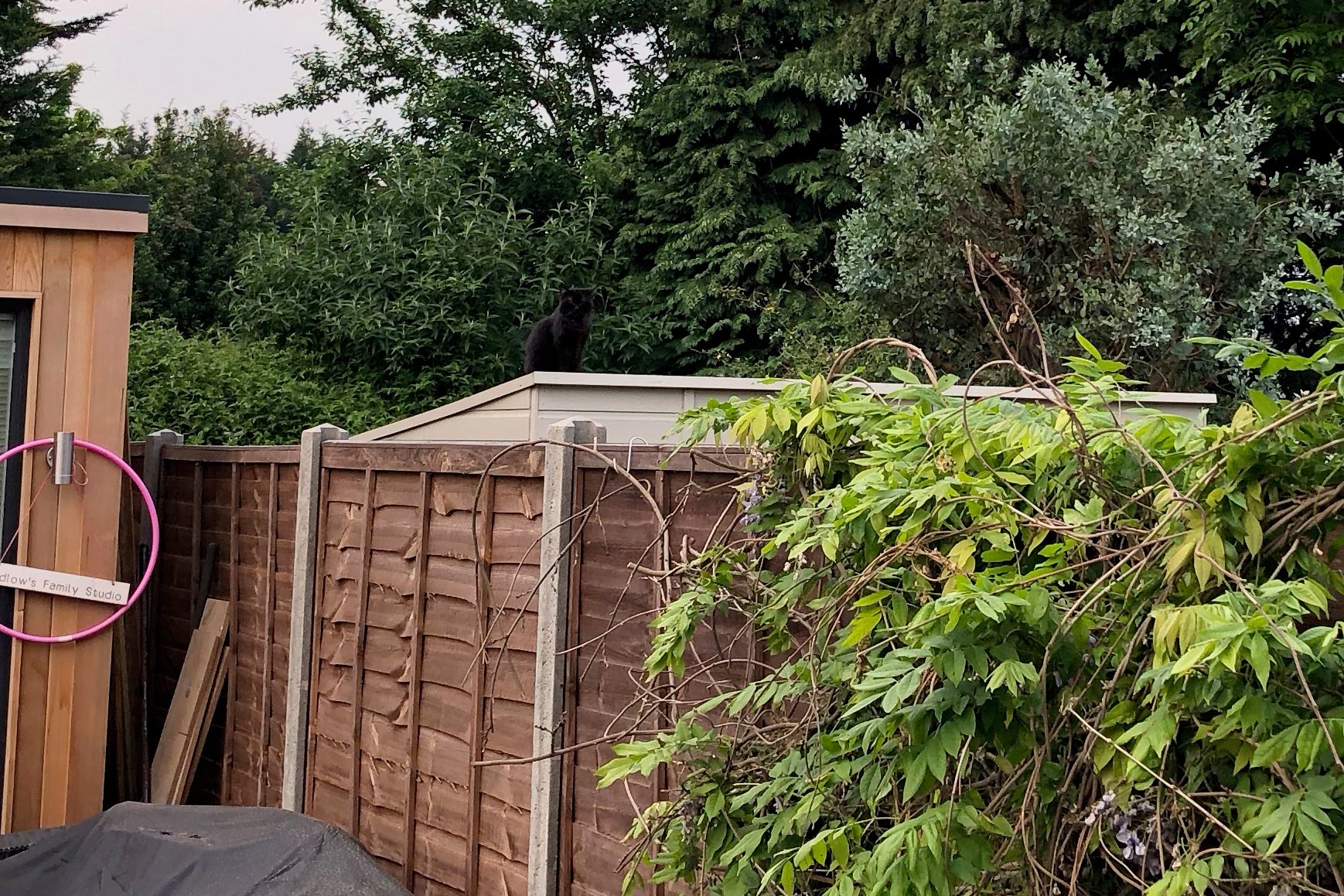
By default, the Pet Door Connect will let in only animals that have been scanned; all animals can go out. As a pet approaches the door, the reader picks up the microchip and then releases the lock on the inside of the door. It can take some animals a while to get used to the clicking sound the Pet Door makes. In fact, my ginger cat, Bella, didn’t like her new cat flap to begin.
To make things easier, I taped up the door for a week, so the Pet Door was effectively just a tunnel through the wall. However, as the cats passed through, the Pet Door would still read the microchip and ‘click’, letting the cats get used to the sound of the door. A few weeks on, and all three of my cats are perfectly happy to come in and out.
From the Pet Door Connect you can change the operating mode. You can keep all pets in (those out can come in), keep all pets out (those in can go out), or lock both ways. And, there’s a curfew mode, which locks your pets in during certain hours; they can still come in if out. This is a handy mode if you’re worried about pet safety (or keeping local wildlife safe from your cats).
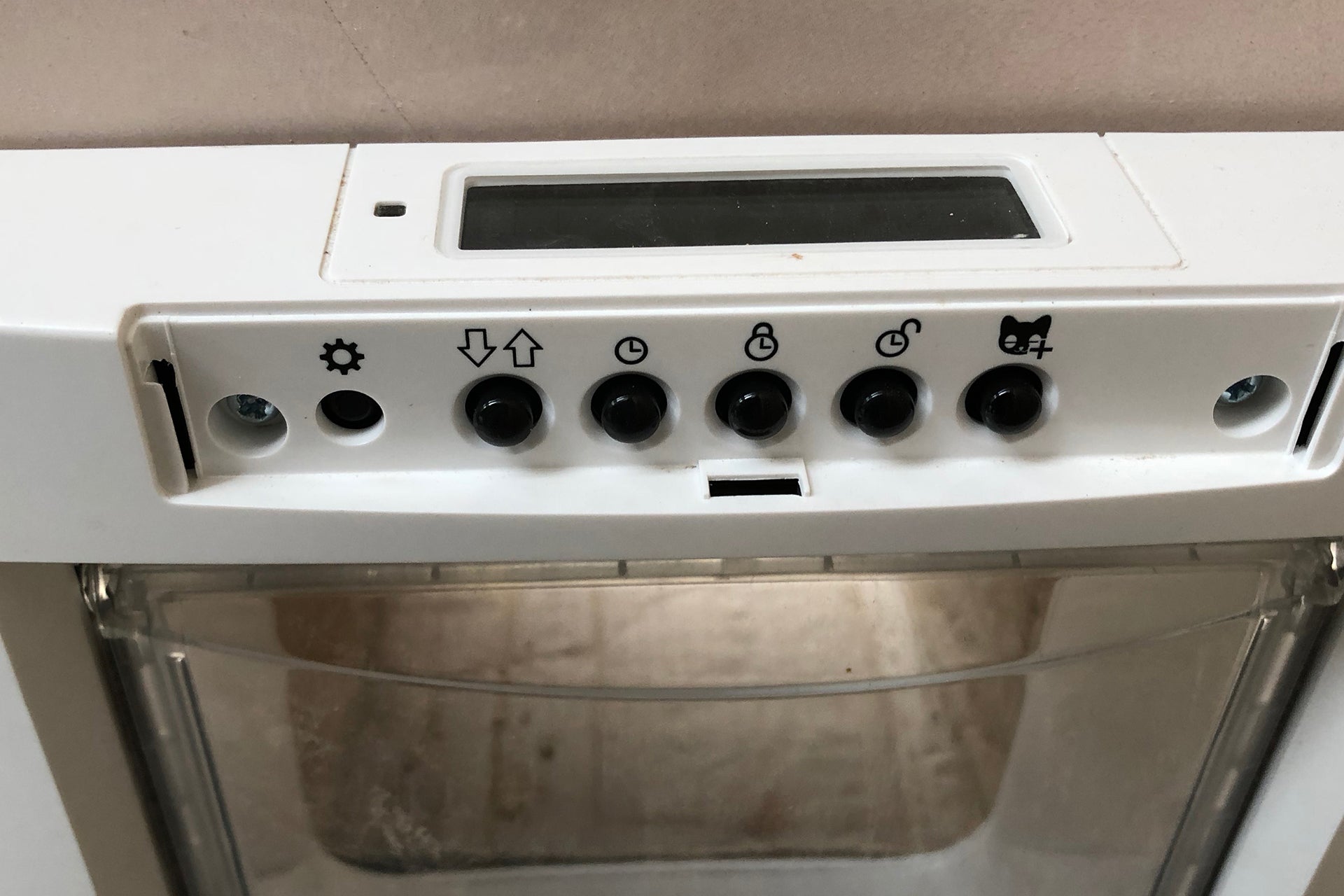
As handy as the on-flap controls are, controlling the system from the app is far easier. Once you’ve installed the app and created an account, you can link your hub to the Pet Door. You can then assign the read microchips to your pets, giving each one a profile. If you’re not sure which pet belongs to which microchip, refer to their paperwork.
The app makes full use of the Pet Door’s sensors. It tells you when a pet has left, has come in, or has just stuck their head through the door to have a look around. It takes around 20 seconds or so from a pet using the door to receiving a notification. Nevertheless, it’s great to know what’s going on. When on holiday, I loved knowing whether my cats were in or out.
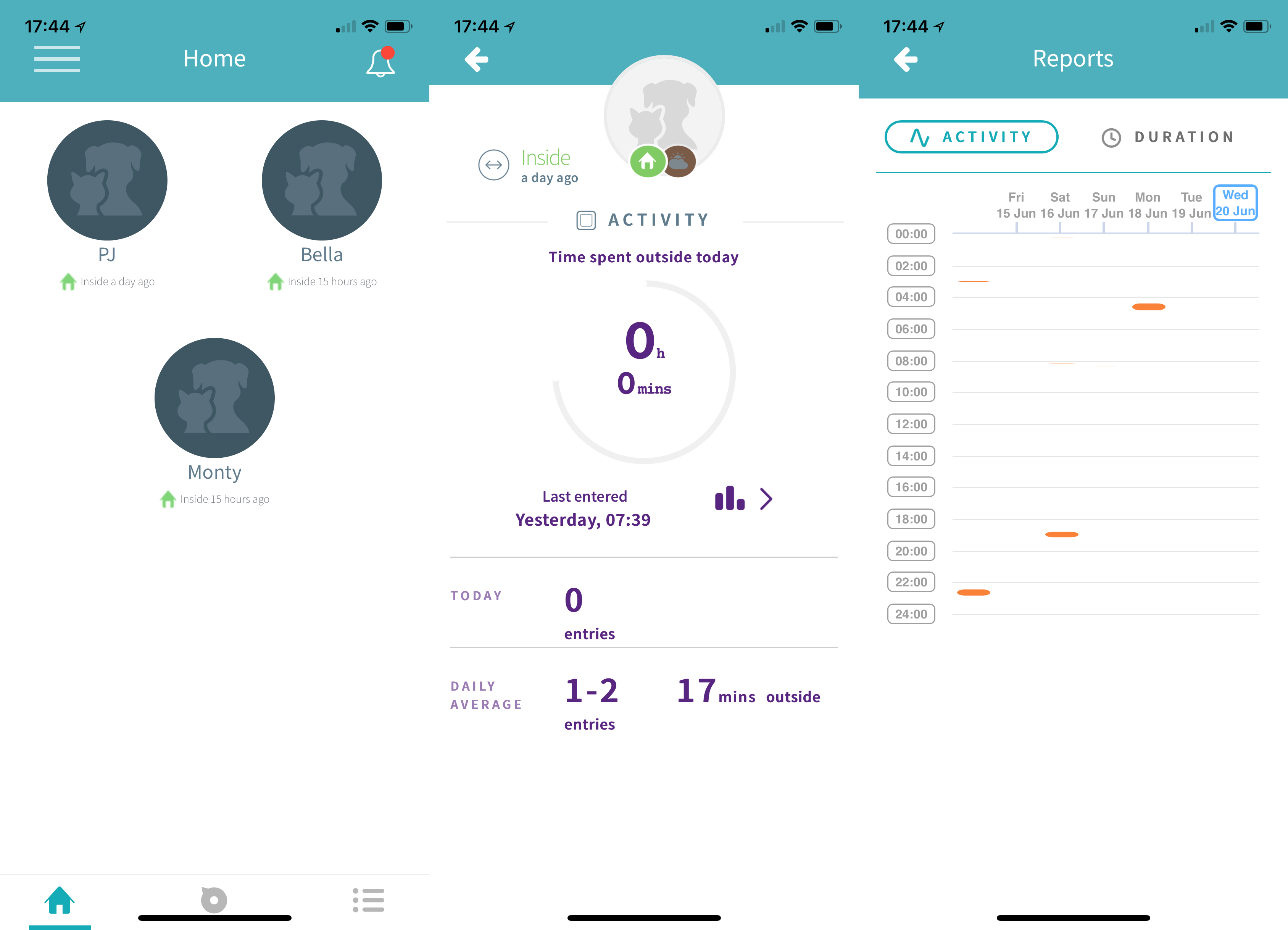
The app lets you see what’s going on, too, keeping track of average movements, and when the Pet Door is used. It’s a handy way to get an idea of a pet’s average day, so you can pick up if anything changes or if a pet hasn’t gone in or out in a while.
During the hotter months, when you have doors open and pets can find different routes out, the analysis can be slightly skewed, and, the app may report that an animal is inside when it’s out. However, as soon as a pet uses the door, the app automatically corrects itself, and you can make a manual adjustment, too.
The Pet Door’s controls are easier to use via the app, and provide more information. Tap ‘Keep pets in’, for example, and the app will tell you which pets are currently inside and which are outside. And, Curfew Mode is far easier to set via the app. Once you’ve made a change there’s a slight delay while the Pet Door responds, but this isn’t the kind of product where you need an instant response.
Remote control of the Pet Door is surprisingly useful. With one cat that needed a set of eye drops, the remote-lock feature was a godsend, letting me lock the door and get hold of him before he could escape outside.
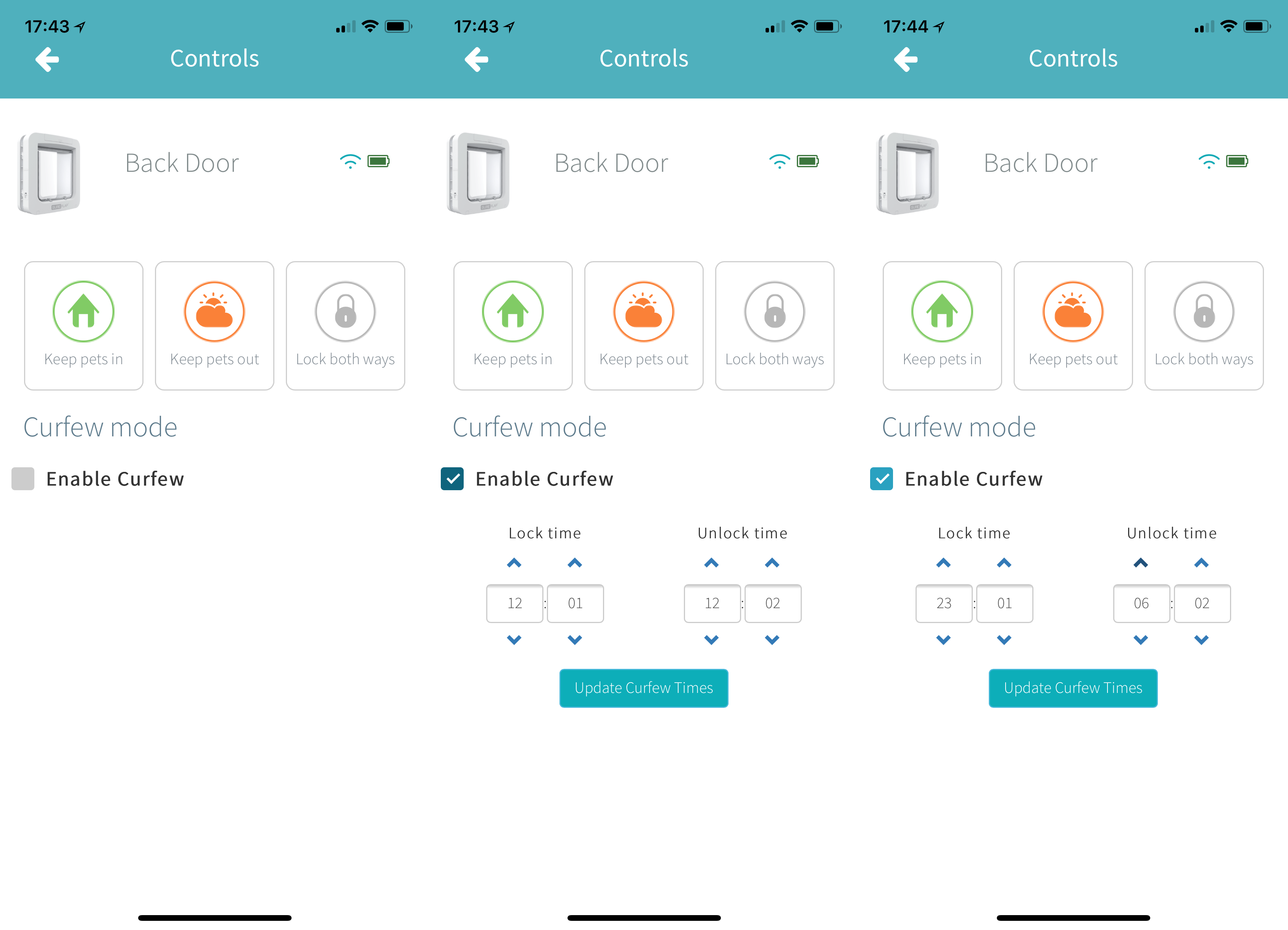
It’s a shame that you can’t control door operation by animal, choosing a different schedule or mode for each pet. It isn’t a feature that’s easy to implement, as the Pet Door has a single microchip scanner just inside the tunnel, so there’s no way for it to scan a pet before they leave the house.
Alexa and Google Home integration would be nice, too, so you can change the Pet Door mode using your voice.
Related: Amazon Alexa guide
Why buy the SureFlap Microchip Pet Door Connect?
If you want to control access to your home, have more control over when your pets come and go, and just keep track of where your pets are, then there’s nothing quite like the SureFlap Microchip Pet Door Connect. The reassurance it gives, knowing your pets are safe, is well worth the price.
Verdict
The smart way to protect and monitor your pets


